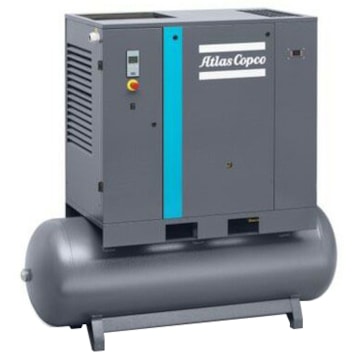How Air Compressors Are Used in Farming, Agriculture
It is no secret that air compressors are used in a wide variety of industries, ranging from major manufacturing plants to small automotive repair shops. This also extends to more rural agricultural operations.
Let's take a closer look at how farmers and farming operations are utilizing these tools to better keep up with demand.
Crop Protection
Certain bugs, insects, and spiders can present a headache for farmers charged with overseeing crops, be it large-scale or a since acre.
For those managing dozens or hundreds of acres planted with crops susceptible to damage from certain insects, like soybeans in the United States, a popular choice for mitigation is applying insecticides from a sprayer.
Air compressors are often mounted to the back of these machines to more evenly and effectively spread chosen chemicals.
Material Transportation
Like the conveyor belts of a manufacturing facility, air compressors are used to help transport materials like grain into silos or other storage facilities. In the case of encolsed conveyors, this means increasing the air velocity enough to ensure solid particles are picked up by the conveyor's airflow.
This is by far the most efficient method for transporting large amounts of product rather than making multiple trips by foot or vehicle.
Dairy Machines
Air compressors revolutionized dairy farms upon their introduction in the 1990s as part of automatic milking systems (AMS) that allowed farmers to milk entire herds hands-free.
These tools expedited the process in many situations, and a 2019 estimate showed more than 35,000 AMS are currently being used internationally. Pneumatic milking machines continue to improve with advances in the air compressor industry.
Irrigation Line Winterization
Many farmers, especially those in colder climates, have become homegrown experts on winterization processes. This is yet another task that typically uses air compressors, often used to remove excess water from irrigation lines in preparation for the frigid winter months.
The process greatly reduces the number of necessary repairs, thereby extending the lifespan of irrigation lines. It also decreases a farmer's cost of upkeep to ensure the farm is ready to go once a springtime thaw rolls around.



















